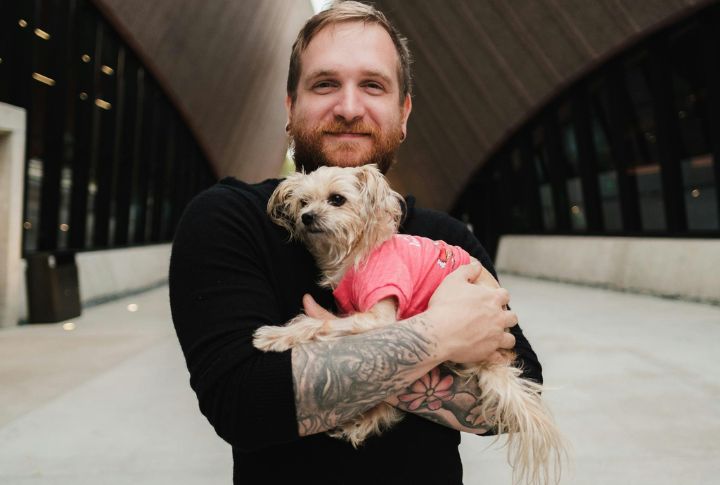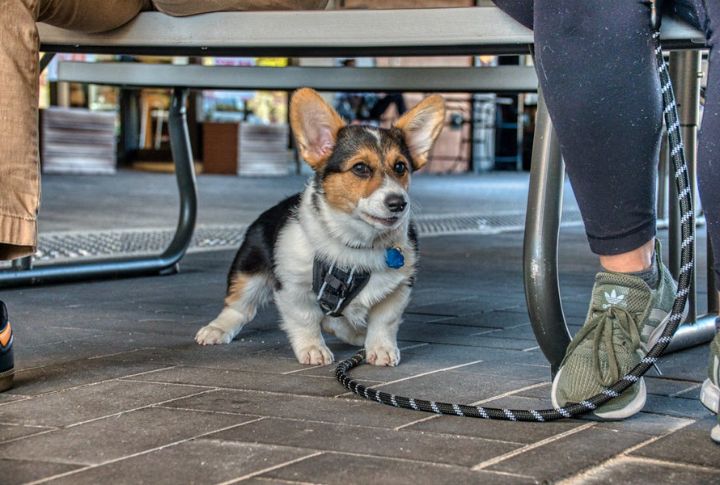10 U.S. States That Make Dog Adoption A Priority

Across the U.S., dog adoption trends tell different stories. Some states move large numbers thanks to large populations, while others lead with efficient rescue systems or standout local programs. Using a mix of factors—including 2024 data from Shelter Animals Count—we’re looking at where and how adoption efforts are making an impact.
California

Shelters across California averaged 176 dog adoptions per organization in 2024. Mobile units and off-site events make it easier for families to meet adoptable dogs. Plus, campaigns like Adopt-a-Pet Day, paired with outreach and affordable spay/neuter services, continue fueling the state’s growing adoption momentum.
Colorado

Colorado’s active, pet-friendly lifestyle encourages residents to bring dogs into their homes. Shelters reinforce this by offering behavioral support that helps new owners adjust. Combined with focused local advocacy, this approach has helped the state reach 18.5 dog adoptions per capita—one of the highest rates nationwide.
Florida

Adoption drives are consistent in Florida, especially in urban areas with active rescue groups and engaged communities. Shelters averaged 205 dog intakes per organization, but about 178 were adopted, showing the gap they’re working to close. Foster programs and shared resources are helping more dogs find homes statewide.
Oregon

Shelters in Oregon focus on trust, not red tape, making adoptions feel supportive instead of stressful. Such a mindset helped the state reach 12.5 dog adoptions per 1,000 residents. Add in wide access to spay/neuter services and Second Chance transfers from crowded shelters, and it’s clear why placements stay effective.
Washington

Counties across Washington invest heavily in shelter infrastructure, including foster programs and rehoming support. That investment pays off—shelters here average 158 dog adoptions per organization. Public partnerships and community events in cities like Seattle help normalize adoption, making it a go-to choice for many potential pet owners.
Texas

While intake is high due to the state’s size, Texas continues to see meaningful adoption numbers. Campaigns in cities like Austin and San Antonio have improved outcomes dramatically. With rural-to-urban transport systems and a per capita rate of 14.7 adoptions, more dogs are finding homes across the state.
North Carolina

Adoption gains throughout North Carolina reflect both practical assistance and strong community ties. Organizations average 163 dog adoptions per group compared to 217 intakes. To strengthen this trend, initiatives like Pets for Life connect veterinary students with underserved areas, and local rescues promote responsible ownership through outreach and education.
Illinois

Dog adoption campaigns benefit from standout organizations such as PAWS Chicago, which pairs efficient adoptions with post-placement support. Like One Tail at a Time, their work and groups help sustain demand. Statewide, shelters report an average of 147 adoptions and 150 intakes per organization—a sign of balanced progress and strong systems.
Georgia

With 12.5 dog adoptions per 1,000 residents, Georgia has steady shelter placement momentum. Groups like LifeLine help by promoting pet retention through outreach and veterinary care. New laws targeting puppy mills are also encouraging more people to choose adoption over buying.
Minnesota

Early education about pet care has shaped strong adoption habits throughout the state. On average, shelters report 179 dog adoptions and 223 intakes per organization, reflecting that growing awareness. Well-promoted adoption events and reliable foster networks keep shelter populations manageable, even during the quieter winter months.





